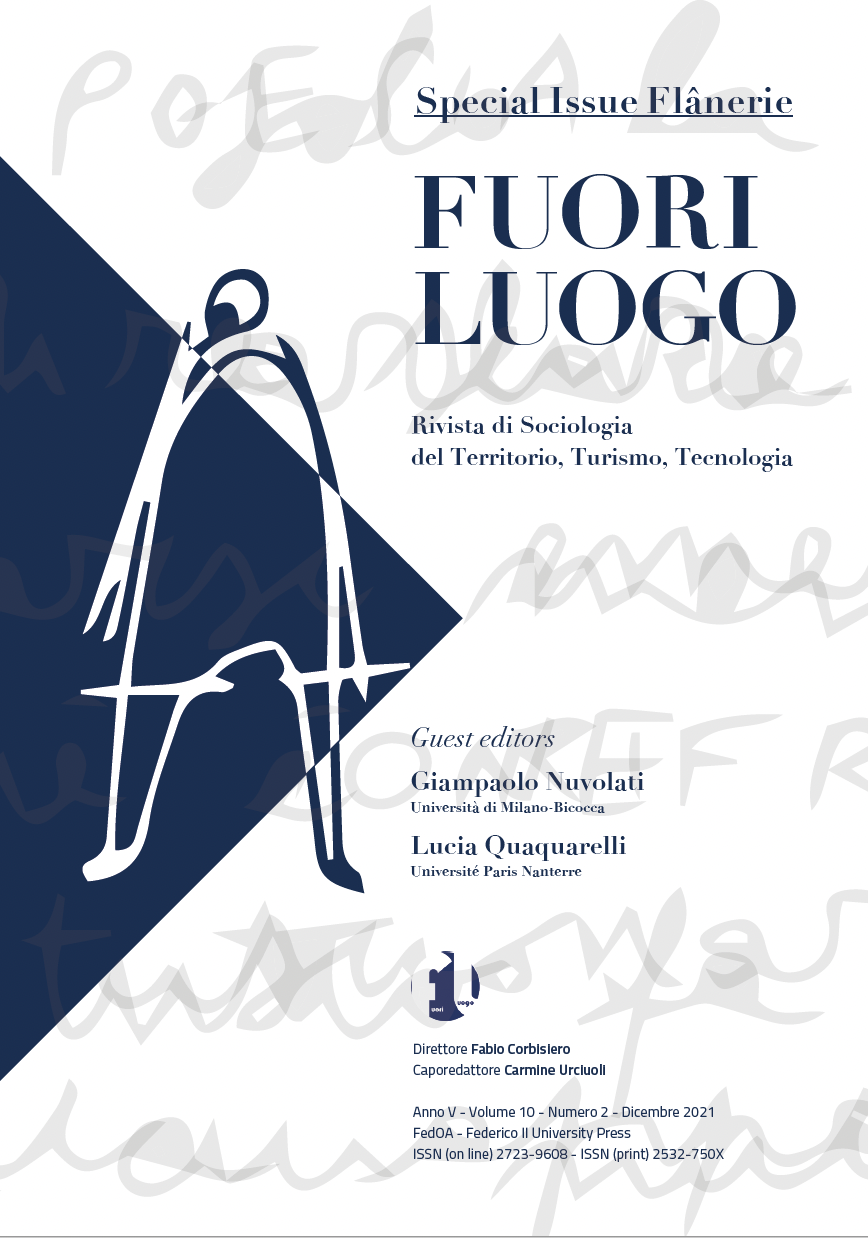The Flâneuse and the Experience of Modernity
Abstract
This essay considers various London street walks in relation to gender. It queries what it is that a flâneuse might seek when she walks in the city, and contrasts this with what she actually experiences. It is structured as a walk around four different parts of London, each dense with meaning, of which three are highly visible and dominant: the Thames Embankment opposite the Houses of Parliament: the Law Courts and Temple (the enclosed areas of the Inns of Court where lawyers practice): the Shard (the Quatari skyscraper at London Bridge), and finally a street market on the Walworth Road. It takes the opportunity to reflect briefly on each of these loaded environments in relation to women and for women walkers, seeking to convey the texture of street experience for the flâneuse. Above all the essay suggests that flâneuserie is a political activity and, as such, a necessary one. It briefly references the work of Walter Benjamin and Henri Lefebvre and concludes with a proposal as to how architects and town planners might more vividly understand womens’ relationship to the street, so that women might gain not only in personal being but also a fuller sense of belonging and therefore a more complete sense of citizenship, a benefit not only for them but for the health of the city.
Downloads
Copyright (c) 2022 Helen Scalway

This work is licensed under a Creative Commons Attribution 4.0 International License.




